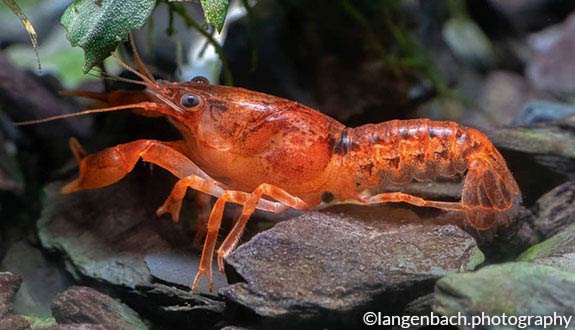

Alternative species (click on the thumbnail to see the card)
Names
Scientific name
Cambarellus patzcuarensis Orange
Cambarellus montezumae patzcuarensis
Common name
Mexican dwarf orange crayfish
Origin

Origin: Lake Pátzcuaro, Mexico
Biotope: American
Dimorphism

The female is slightly larger than the male. Particularly visible when mating, the female lies on its back
Group
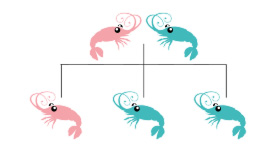
Cambaridae
Volume

20 L / 4 imp gal / 5 US gal
Parameters

T°: 18 to 25°C or 64 to77°F
pH: 7 to 9
Hardness: 7 to 20°dGH
Difficulty

Easy
Size
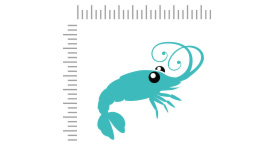
3 to 4 cm (1 to 1.5")
Longevity
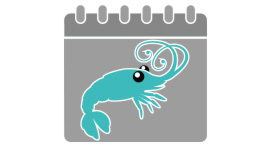
18 months
Living zone

Depth
Individuals
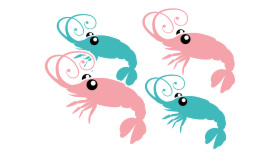
2
Food
How to feed the crayfish?
Food
How to feed the crayfish?
Those crayfish are omnivorous and are not difficult in terms of feeding. Feed them with "special shrimp" foods, frozen or live prey (similar to what you would give to fish) as well as poached vegetables such as salad, carrot, cucumber, zucchini...
Pay special attention to diet at the beginning of their life: it must be rich in protein for their proper development. The more the crayfish grows, the more it will be necessary to increase the quantity of plants and decrease the quantity of protein.
Behavior
What kind of behavior does the crayfish have?
Behavior
What kind of behavior does the crayfish have?
If this species is maintained correctly, it does not show any major aggression. However, in some cases, they can be aggressive, or even kill, their roommates. However, this behavior can be easily avoided. Indeed, it is often due to stress and lack of hiding places. If you observe an aggressive crayfish, either towards its congeners or fish, add plants, stones, roots... In short, anything that can offer him a greater sense of security and very dark areas! In addition, these hiding places will allow it to moult serenely, well hidden and out of sight. Indeed, this obligatory but delicate step in their lives is very stressful for crayfish. They need to hide, especially since they are very vulnerable and risk being eaten in certain population configurations. Finally, know that even with ideal maintenance conditions, we are never safe from an accident and some fins mutilated with these crayfish.
In general, this crayfish is very active during the day. Its main activity is foraging for food. For this, it is constantly digging to find food.
Cohabitation
Who can live with the crayfish?
Cohabitation
Who can live with the crayfish?
Because of the potential problem of aggression, a specific aquarium would be preferable for the maintenance of a small group. Indeed, they like the company of their peers. To do this, you could use a nano-aquarium for example (20 liters / 4 imp gal / 5 US gal for 2 crayfish, more if the group is larger).
They can nevertheless be introduced in a community aquarium with all kinds of fish provided that the aquarium is well planted (see "behavior"). However, avoid cohabitation with too large fish such as large cichlids, because they could serve as a meal. Be careful if you are breeding fish in your aquarium because they are fond of eggs and fry.
Breeding
How to breed the crayfish?
Breeding
How to breed the crayfish?
Easy enough. During mating, the male flips the female on her back. Once fertilized, the female transfers about fifty eggs under her abdomen. They develop for about 3 weeks. Once the hatching time has arrived, the pups are born but remain attached to the female. This one will take care of it during 2 to 7 additional days. After this period, the young are now fully trained and autonomous: they will be released by the female.
From this moment, ensure that young crayfish have enough food. They feed on micro-organisms present in the aquarium. In case they do not have enough food at their disposal, there is a risk of cannibalism. Note that only the young are likely to eat between them, parents never attack babies.
Its aquarium
Which aquarium for the crayfish?
Its aquarium
Which aquarium for the crayfish?
A densely planted aquarium will be preferable, especially since the crayfish does not touch the plants and does not dig them up. You are fairly free to choose plant species as long as the water parameters match. Do not hesitate to fill your aquarium well: plants, roots, dried coconut, tips of PVC pipes. This will allow the crayfish to have a multitude of hiding places (especially true if crayfish coexist with fish).
For the substrate, prefer a dark soil that will recall their natural environment. Complete their habitat with oak leaves or dried beeches that will line the aquarium floor. This configuration will perfectly imitate their natural environment.
This crayfish is very undemanding on the quality of the water. It must still be kept in slightly heated water between 18/25°C or 64/77°F, have a basic pH between 7-9 and a hardness of 7°dGH minimum to be able to have a fairly hard water.
Good To know
Find all additional information!
Good To know
Find all additional information!
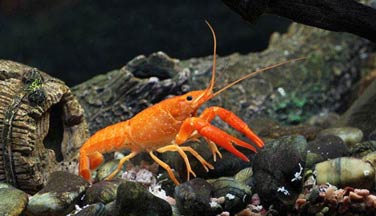
Robust, tolerant and easy to breed, it is an ideal candidate for beginners in freshwater invertebrates!
Avoid maintaining it with other crayfish of the Cambaridae family as there is a high risk of hybridization.
In the wild, this species is unfortunately threatened because its habitat is reduced (200 km2) and subjected to human activity. Rest assured, the animals proposed for our aquariums are from breeding and do not impact the survival of these friendly crayfish in the wild.
Yours photos!
Comments
Sort by:
Please login to post comments
